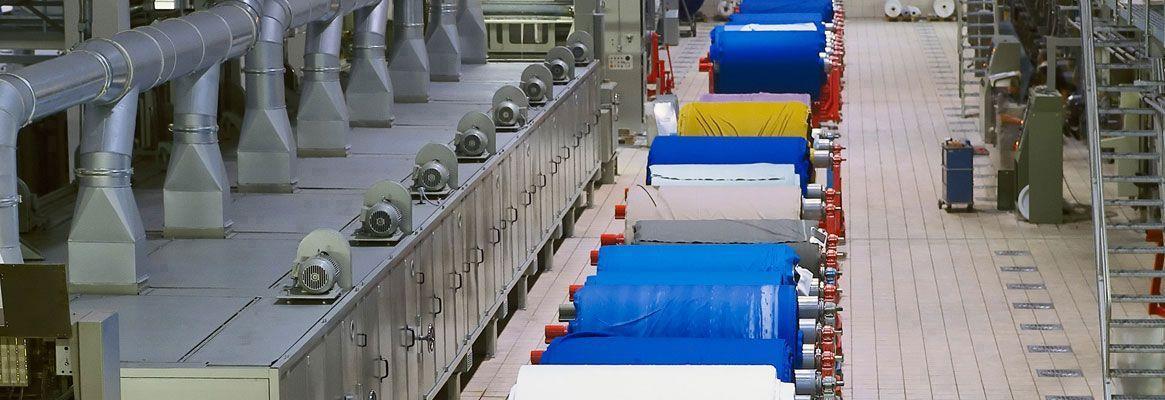Srishti Tewari discusses the challenges small textile units are going to encounter in the wake of the COVID-19 pandemic.
The COVID-19 crisis is set to have a huge impact on small labour-intensive textile units, mostly dependent on migrant workforce. While the focus around the world right now is on food, medicine and protective gear, the pandemic has posed a serious threat to all the sectors of the economy. Economies everywhere have been predicted to hit rock bottom. The Indian textile industry faces some grave challenges: from maintaining production and addressing the need for protective clothing to coping up with the deficit due to lockdown and retain migrant labourers.
Punjab, Gujarat, Maharashtra and Tamil Nadu, the hubs of textile manufacturing in India, are amongst the worst hit states by the pandemic. The industry is mostly dependent on migrant workforce from Bihar, Jharkhand Uttar Pradesh and Orissa. Due to the seriousness of the pandemic, the textile units were shut in March. The absence of wages and imminent risk to life made the migrant labourers go back to their respective native places.
As reported by the scientists and doctors, the pandemic might last longer than expected and that again may pose a challenge to small textile units as migrant labourers may not return until safety can be assured to them. Unlike big companies, these smaller units are operated either manually or semi-automatically. Majority of these textile processing units function on a seasonal basis based on the availability of raw material and the demand for products. The machines installed in these units are ill spaced; hence violate the standard six-feet social distancing norm between workers. These are some of the issues that may affect the production and economic state of the small textile units:
Availability of raw material: Due to the pandemic, agriculture has also suffered. With more emphasis on food crops, cash crops are being sidelined due to decreasing demand. This will lead to lower availability of raw materials like cotton and silk. For synthetic textiles too, a similar situation has arisen as the majority of chemical units are either closed or are focusing on meeting the demand for sanitisers and essential chemicals to deal with the pandemic.
Transportation: Transportation is the spine of any supply chain, be it raw material or finished goods. Due to the long duration of the lockdown, transportation has severely suffered, and that has affected both established as well as small businesses. It may take awhile to repair the broken supply chain and bring production, transportation and delivery on track.
Cash flow: Big companies have larger turnover and profits, and so, they have a continuous cash flow unlike smaller textile units, which are more precarious. Limited sources of capital combined with low production size may lead to shutting down of many small textile units.
- Availability of labour: Small textile units mostly rely on manual operation. Due to the pandemic and the lockdown, migrant labourers have moved back to their native places and are less likely to return soon to work. This problem is more serious for smaller textile units and this could hamper their production and overall business.
In this crisis situation, the textile industry is also motivated to contribute to the fight against coronavirus. As a result, the focus has shifted from aesthetic clothing to functional clothing that impart protective function to apparel. In the last two months, the production of personal protective equipment (PPE) kits, gloves and masks has shot up and is expected to rise further. But the production of PPE kits is still concentrated among the highly specialised manufacturing units that happen to be only 110 in number. Right now, due to increased domestic demand, India has not started exporting protective gears. Once the production rate rises and the domestic demand is met, India will soon export such items.
The new mantra of ‘Aatmanirbharta’ (self-reliance) and ‘Be vocal about local’ given by Prime Minister Narendra Modi will hopefully boost the morale of the small textile units. His address emphasised on using more and more domestic products and brands. This on one hand will support local companies, and simultaneously will decrease dependence on foreign products. This will surely lead small textile units to recover from the losses incurred by them during the lockdown. This also poses a huge challenge for domestic brands, which have to match the quality of global brands and satisfy consumers to that extent.








Comments